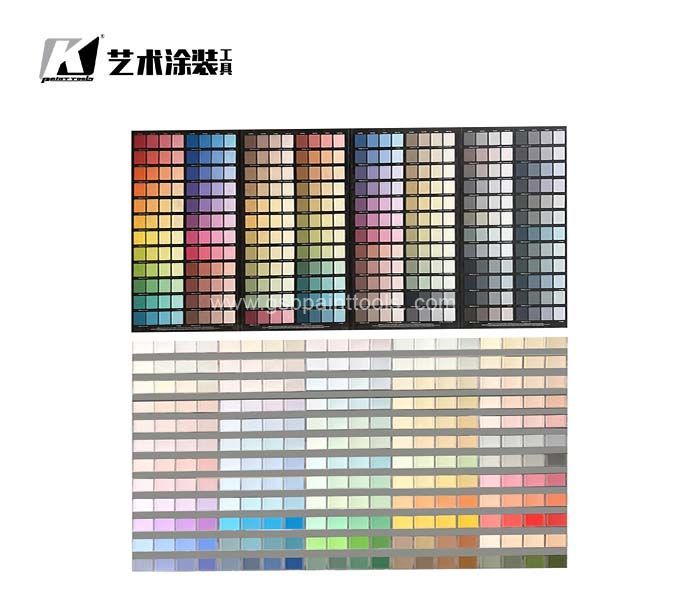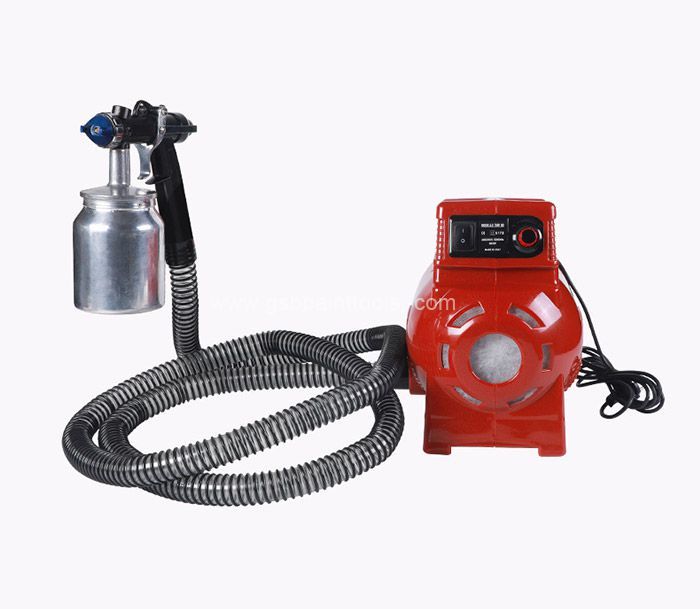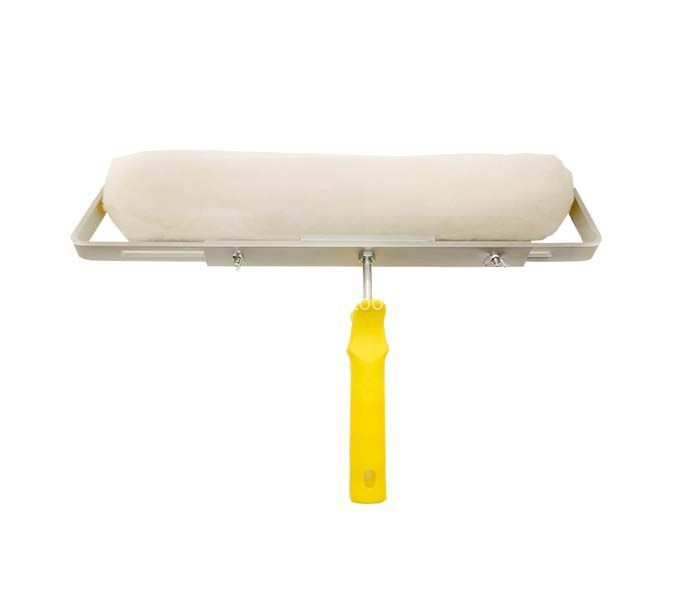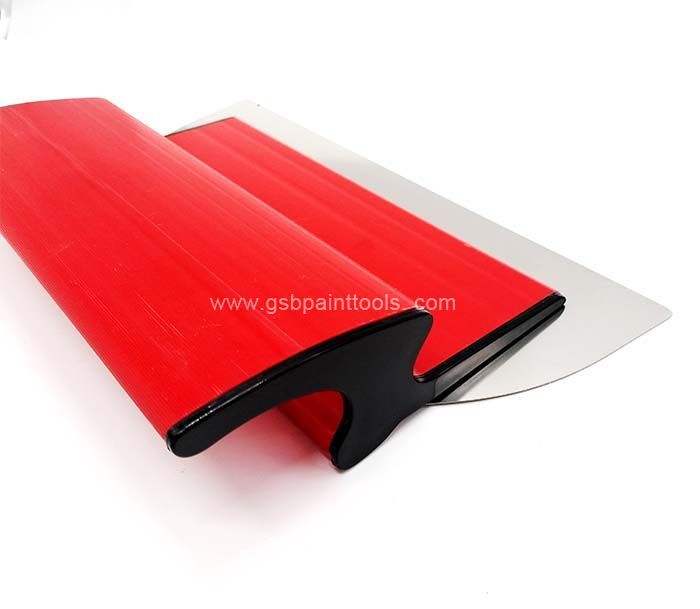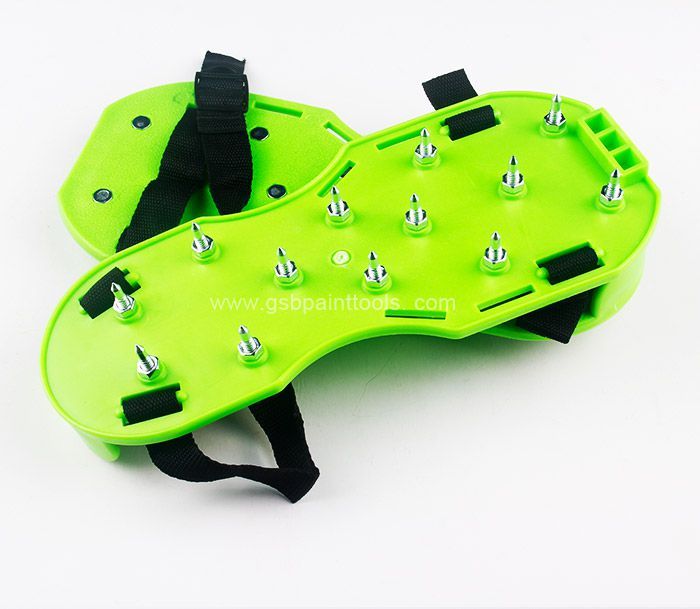Features:
Paint Chips
Item Name1: PVC Paint Chips
Paint Chips Wall Size: 1140*600mm
Small Color Block Size: 30*38mm
Color Type: 384 color
Product material: PVC
Scope of application: Universal Building Color Wall
Suitable environment: interior and exterior walls
Item Name2: Acrylic Paint Chips
Paint Chips Wall Size: 1595*1002mm
Small Color Block Size: 74*52mm
Color Type: 384 color
Product material: Frosted Acrylic
Scope of application: Universal Building Color Wall
Suitable environment: interior and exterior walls.

Painting is one of the cheapest home improvement projects out there, but it still requires a lot of time if you do it yourself. A wrong choice in color could spell disaster. Will the color turn out as seen in your mind’s eye? To make sure you know the paint is going to be right for the room, please use paint chips.
These colored pieces of paper are easy and effective. The best part is they are made by the manufacturer so you know the color shown is a great representation. However, there are several other factors to consider. Paint chips don’t reflect the finish of the paint or the texture of the wall. It is a small square so it makes it difficult to compare from a distance.The best goal with paint chips is to determine your final 2-3 choices and buy a sampler of each. Samplers is only $5 and they will end up saving you money in the long run.
Figured out which paints you like best? Great! Now let’s get to the next test: paint sticks. Another paint tool for testing the color, paint sticks are an often overlooked option. You already use them to stir up the paint, so they are going to be colored up. Wait for the paint to dry and then use them in the same manner as paint chips. The reason this is a good idea is the sticks will reflect finish of the paint. This can be nice in comparing the glossiness factor next trim, baseboards, and ceiling paint. Just make sure to keep track of which color is which!
The paint is going to end up on the wall in the end, so what better way to check the color? It’s going to look a little odd in the house while the paint swatches are on the wall, but it is worth it. The wall is the best representation of the final product. Each block will show the texture, finish, and lighting on the wall.There is no better way to check the color and this should almost be a mandatory litmus test before taking the final leap of faith.
Continuing from the last test, try making 4-5 different swatches on each walls in the room. The lighting is going to be different for each spot and it helps to see all perspectives. And try not to rush to a final decision. Let the paint sit for a couple days and check in on the colors at different times of the day. The colors are going to change up for dim lighting.
While you’re applying paint to different spots for lighting, try to putting one next to the trim and one close to the floor. The trim and flooring make a big impact on the feel of the room. It makes a lot of sense to see how they match up.Are you planning on painting multiple rooms? For side-by-side rooms without a door to separate, it is a great idea to get the samplers for both rooms at the same time. Then paint the swatches right at the corner to see which ones jive best together.
A lot of painter like having the color deck to help pick colors. They are having 4 rooms painted and this allows us to view colors at home and compare with furniture aND drapes. It really opens up the possibilities of what you can do. They will pick 5 colors to get a sample and paint swatches on the wall for final decisions. It is exactly what they expect, a lot fo color fans. They were building a house and found it easier to have our own rather than borrowing. They ended up choosing 3 colors from this fan and another 2 from samples they picked up.
None







